Why gaming laptops are perfect for college students

When you think of gaming laptops, you probably don’t associate them with getting your studies done. But it turns out the same high-octane hardware that gives you an amazing framerate in your favorite shooter is also perfectly suited to powering software for STEM and creative courses.
The dedicated GPUs of gaming laptops are becoming central to a new way of running technical and creative software. Instead of relying solely on the CPU, many science and engineering apps are now designed to tap into the power of the processing cores on your GPU as well.
When you run STEM apps and creative software on an NVIDIA GeForce RTX 30 Series laptop you get a completely different level of performance that an ordinary laptop just can’t compete with. That means much less waiting around for your laptop to finish big tasks, and you’ll get a smoother, more interactive experience. You’ll be able to take on more complex projects and produce more impressive coursework.
Part of this performance boost is down to the fact that so many tools now are based on AI technologies, and RTX GPUs have specialized processing cores that are purpose-built for AI. Tools that use AI can run many times faster—whether it’s video editing software, a game, or a data science program. We’re only at the beginning of the explosion of this technology, so an RTX laptop prepares you to run the increasingly AI-based software of the future.
You might be thinking that while all this sounds great, it’s going to come at the cost of portability. Gaming laptops had been known for being massive and heavy in the past; you’re not going to lug one to class. And they hadn’t been exactly renowned for their lengthy battery life, either.
But never fear! Things have changed. NVIDIA has figured out ways to cram all this tech into a slim, lightweight form factor, and they’ve sorted out the battery life as well. GeForce RTX 30 Series laptops can be less than an inch thick and there are many designs that weigh less than 4 lbs, so you don’t have to sacrifice performance for portability. Several advanced optimization techniques are also employed to save power, so your battery will last.
Optimized performance
NVIDIA takes laptop design seriously, and they’ve developed a suite of AI-powered technologies, called Max-Q, that optimize the laptop itself to deliver higher performance and longer battery life, all within thinner laptops.
For example, Rapid Core Scaling is a technology developed for resource-hungry applications such as SolidWorks, MATLAB or Blender that enables the GPU to use only the cores it needs while putting the other cores to sleep while on battery power. This efficient power-shifting technique means that the active cores can use more power, run at higher frequencies, and get work done up to three times faster.
Other Max-Q technologies include Advanced Optimus (check with the laptop manufacturer about support for specific NVIDIA technologies) which enables the system to automatically and intelligently switch between the integrated graphics and GeForce GPU to optimize for battery life or performance based on the apps you’re actively running. Battery Boost which balances system performance and battery life; and WhisperMode which manages system power so that you can set the noise-level of your laptop.
Accelerating STEM apps

NVIDIA has worked with the top STEM app developers to add GPU acceleration and increase efficiency in today’s most important applications. For students with a RTX GPU, this means the ability to finish coursework faster, take on more challenging and expansive projects, and not get stuck in the computer lab or have to rely on school servers. In graphically intensive modeling engineering applications like SolidWorks, this means up to 8 times faster performance, and up to 25 times faster in artificial intelligence workloads. Students studying engineering, architecture, computer science, data science, economics and more can all tap into the power of an RTX GPU to unlock higher levels of performance and capability.
Gaming
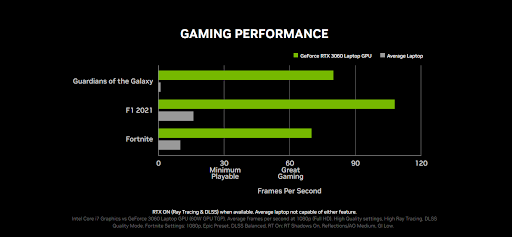
Every student needs a break to clear their mind, and while NVIDIA laptops are great for both STEM and creation, they’re also powerhouses for gaming with the highest performance, highest image details, lowest latency, and smoothest live streaming.
NVIDIA GeForce 30 Series laptops with RTX GPUs are the most advanced platform for ray tracing and AI technologies that impact gaming today. Thanks to ray tracing cores, RTX GPUs support real time ray traced graphics, an incredible lighting technique to more accurately simulate light in a 3D scene. The built-in Tensor Cores use AI and NVIDIA Deep Learning Super Sampling software to increase framerates in games while maintaining or improving image quality.
Here are some of the best GeForce RTX laptops available today:
Razer Blade 15

Based around an NVIDIA GeForce RTX 3070 Laptop GPU and an Intel 11th Gen 8-Core CPU, this beast of a machine will handle the most resource-intensive titles with ease. The GPU delivers ray-traced graphics and is ready for the newest AI features so you’ll get incredible visuals. It’s a 15.6-inch display that’s available with a super fast 360Hz refresh rate at FHD, there's vapor chamber cooling for quieter temperature control and it’s just 17mm thick and 4.40 lbs.
Dell G15 Ryzen edition gaming laptop

Dell’s G15 gaming laptop is a great way to get an NVIDIA RTX Laptop GPU on a budget. It’s based around a AMD Ryzen 5 processor and an RTX 3050 Laptop GPU, there’s 8GB memory, a 512GB solid state hard drive and it’s a 15.6-inch, 120Hz screen. The thermal design uses a dual air-intake and has four vents for efficient cooling so that clock speeds can stay higher for longer.
Acer Predator Helios 300
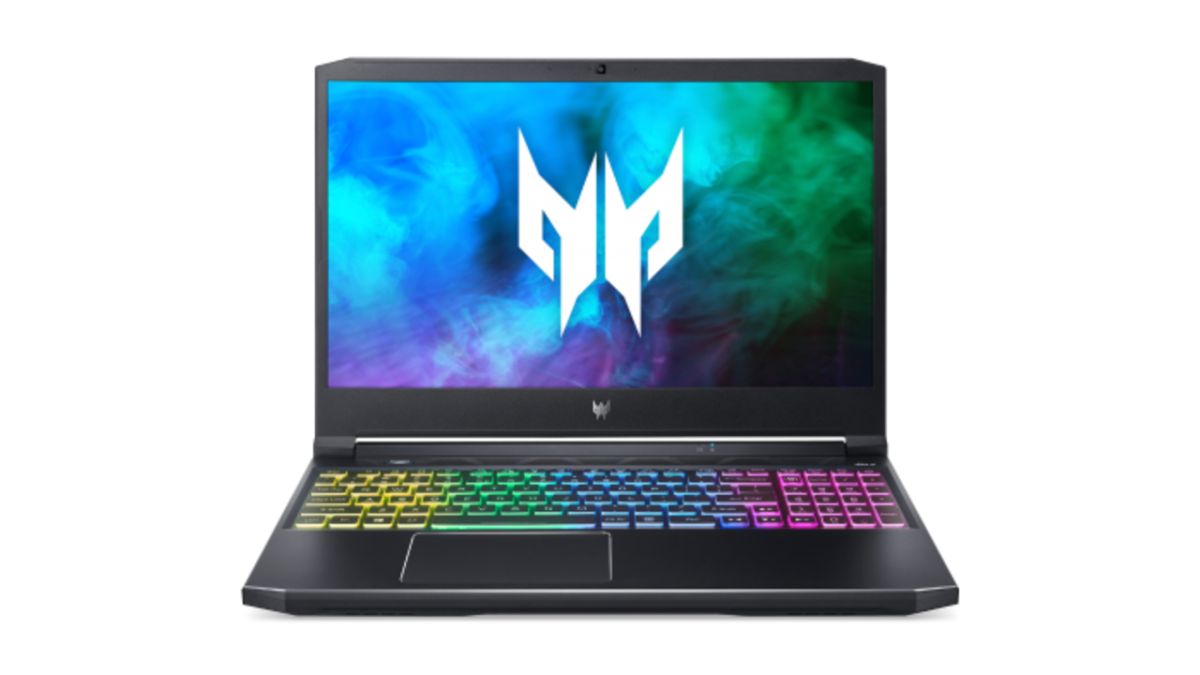
With its GeForce RTX 3060 Laptop GPU and an 8-core 11th Generation Intel Core i7 processor, the Acer Predator Helios 300 is a powerful option for both gaming and running STEM software. The display is 15.6-inch Full HD (1920 x 1080) with 144Hz refresh rate and there’s 16GB DDR4 3200MHz memory, a 512GB solid state drive, a 5th Generation AeroBlade fan for excellent cooling and the unit is less than an inch thick!
Lenovo IdeaPad Gaming 3
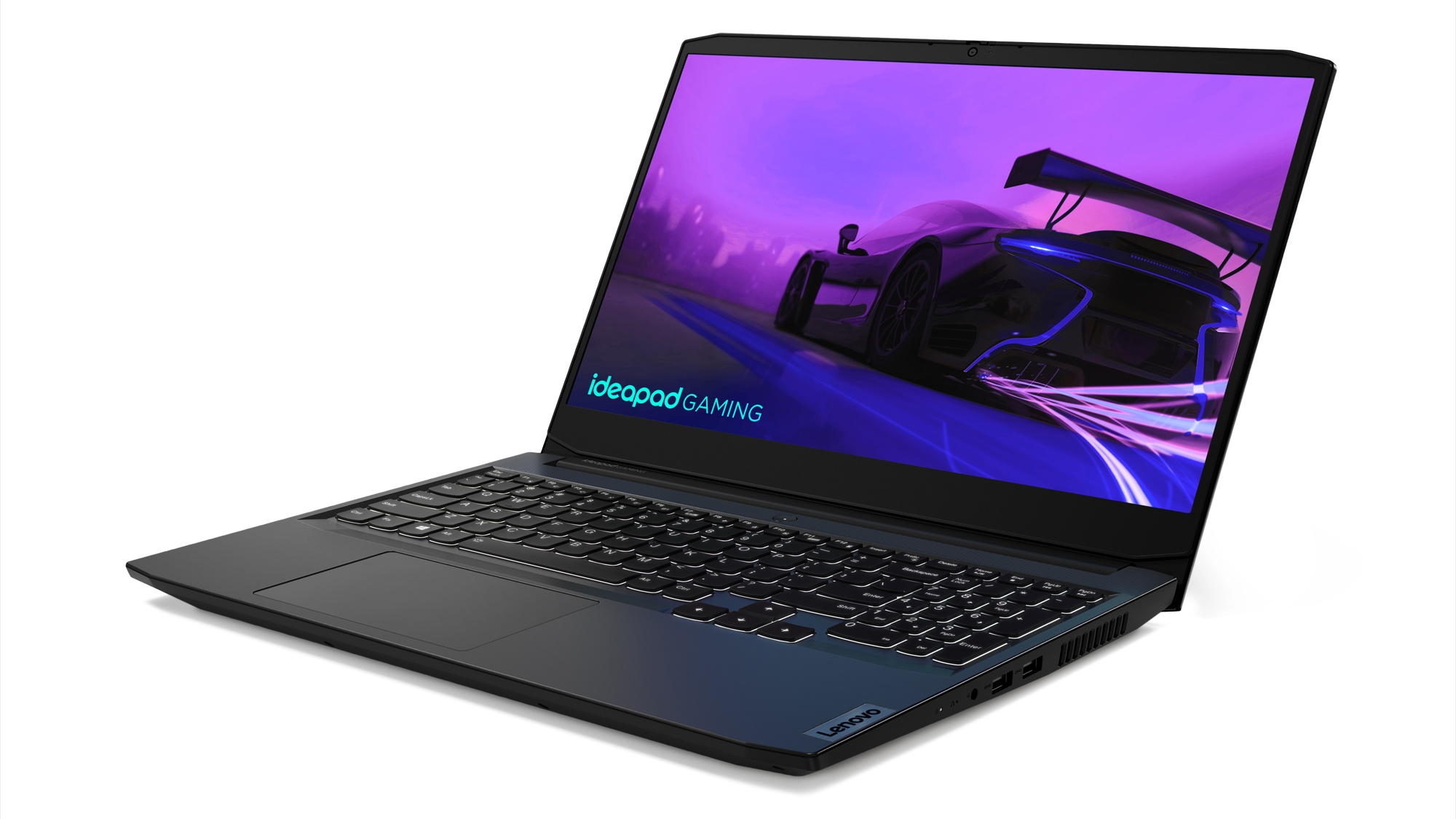
Like the Dell G15, this is another great budget option with a GeForce RTX 3050 Laptop GPU. It’s an AMD Ryzen 7 3.2GHz processor and there’s 16GB DDR5 RAM with 512GB solid state drive and a 15.6-inch, Full HD (1920 x 1080) display with 120Hz refresh rate. The IdeaPad weighs 5.09 lbs, it’s just over 1 inch thick and you’ll get a decent 8 hours out of the battery.
Acer Nitro 5
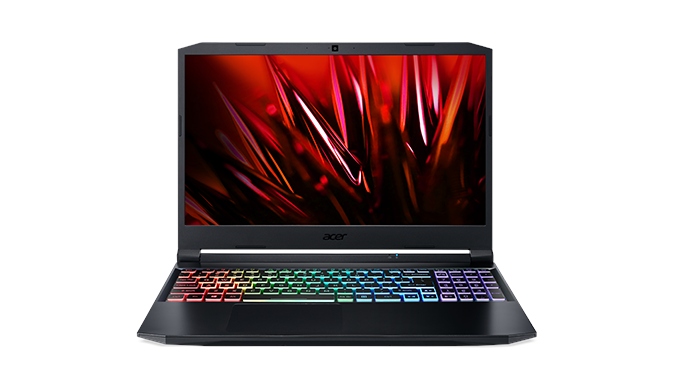
With its sleek black chassis and backlit keyboard, the Nitro is as stylish as it is powerful, including a GeForce RTX 3050 Ti Laptop GPU and the formidable 11th Gen Intel Core i7-11800H processor. There's a 15.6-inch widescreen display with 1920 x 1080 resolution and 144Hz refresh rate, 8GB DDR4 3200MHz memory and a 512GB solid state drive. The unit is an ultra-slim 0.94-inches thick and weighs 4.85 lbs.
MSI Katana GF66
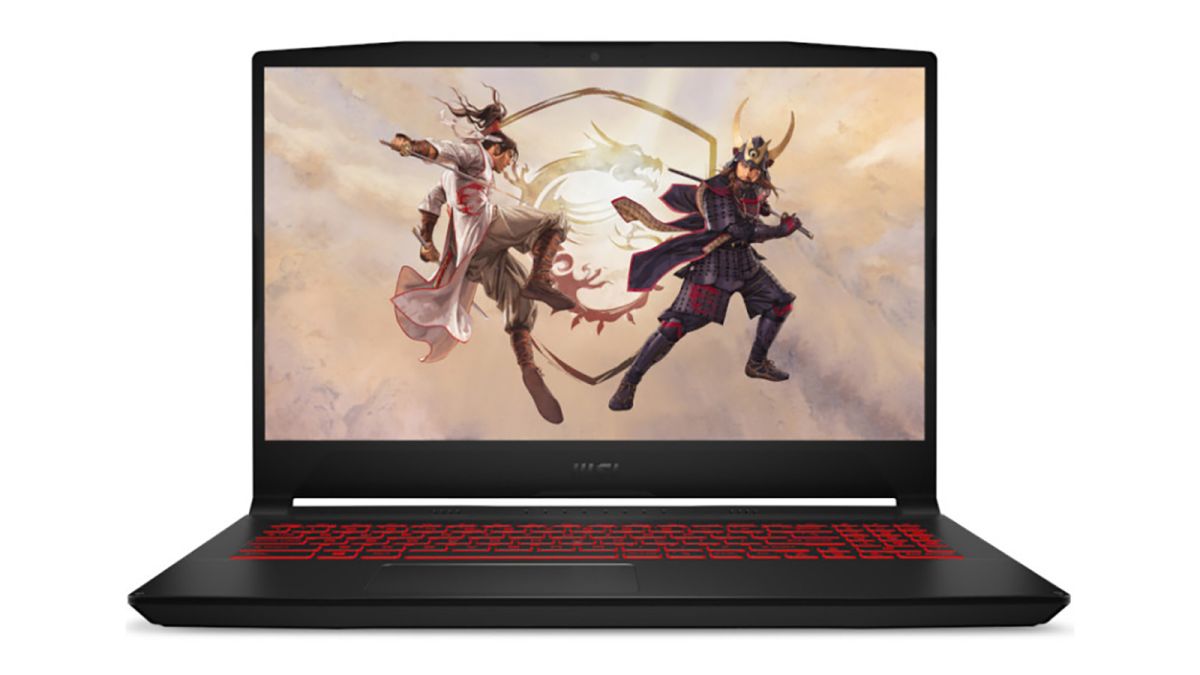
The Katana GF66 comes with a GeForce RTX 3060 Laptop GPU and a 14-core Intel Core i7 12th Gen 1.7GHz processor for next-level gaming and STEM software performance, plus 16GB DDR4-3200 RAM and a 1TB solid state drive. Cooler Boost 5 technology has dedicated thermal solutions for the graphics card and the processor with up to 6 heat pipes for the efficient cooling a system like this needs. It’s less than an inch thick and just shy of 5lbs.
Dell XPS 17

Whether you want it for gaming, technical STEM software or creative work such as video editing, this high-end Dell will handle any task you care to throw at it with ease. There is a GeForce RTX 3050 Laptop GPU, 17-inch, 1920 x 1200 screen with 16:10 aspect ratio and 4-sided InfinityEdge ultra-thin bevels, 4.6 GHz Intel Core i7 processor, 16 GB DDR4 memory, and a 1TB solid state drive. Despite the hefty specification, at 0.71 inches it’s one of the thinnest laptops here and it weighs 4.65lbs.
Dell Alienware M15 R6
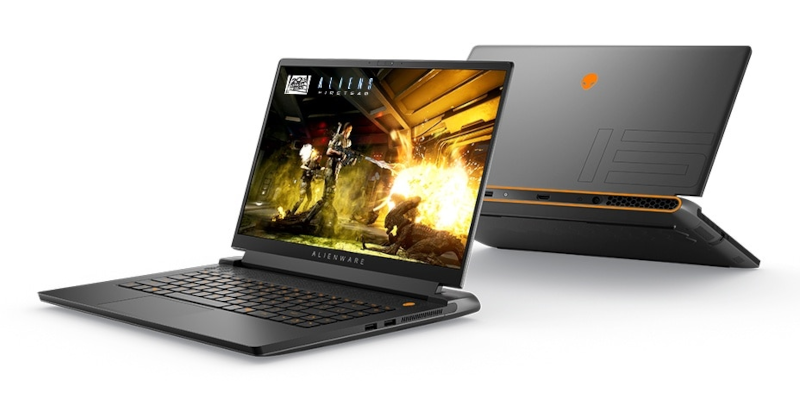
If you’re really serious about gaming, a screen with an ultrafast refresh rate gives you a performance advantage and makes motion extra smooth and realistic. The Alienware M15 has an impressive NVIDIA GeForce RTX 3070 GPU with a 360Hz, 15.6-inch 1920 x 1080 display that will give you an edge over the competition. It has 32GB 3200MHz DDR4 RAM, a 1TB solid state drive and the system is based around an Intel Core i7 processor. The unit is under an inch thick but at 5.93lbs does weigh a little more than many of the others here.
Lenovo Legion 5

The Lenovo Legion 5 is a mid-level gaming laptop that offers great value for money at this affordable price point. With its GeForce RTX 3050 Laptop GPU, 8-core AMD Ryzen 7 5800H processor, it will handle all the top gaming titles and is also great for running technical STEM software. It’s a 15.6-inch 1920 x 1080 resolution screen and there's 8GB 3200 MHz DDR4 memory and a 512GB solid state drive.
MSI Katana GF76
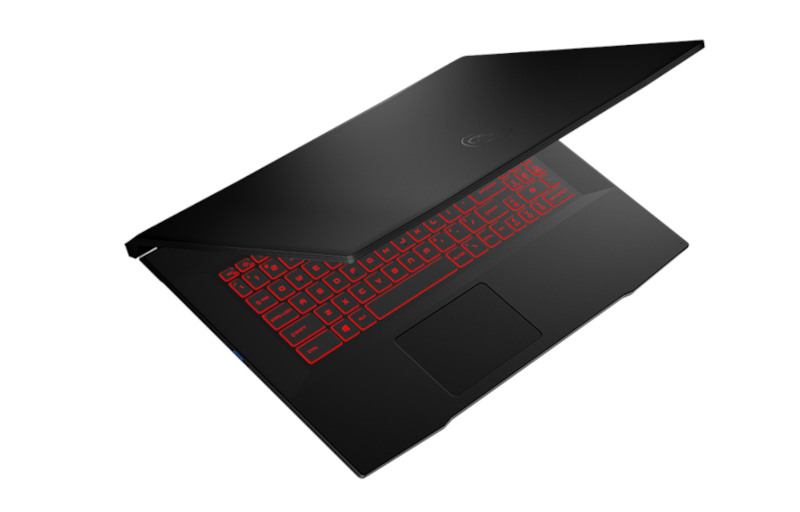
If you’re looking for a larger screen with a good refresh rate, this machine’s 17.3-inch Full HD 144Hz display with thin bevels should do the trick. Overall the Katana GF76 is another option that’s a great price for what you get: a GeForce RTX 3050 Laptop GPU an Intel Core i7 12th Gen 12700H 1.7GHz processor, 16GB DDR4-3200 RAM and a 512GB solid state drive.
Students—especially STEM students—heading back to school take note: consider a high performance laptop with an RTX GPU that has been specifically engineered to increase performance in the applications that matter to you and optimized to deliver it in a thin, portable system.
Keep up to date with the most important stories and the best deals, as picked by the PC Gamer team.

